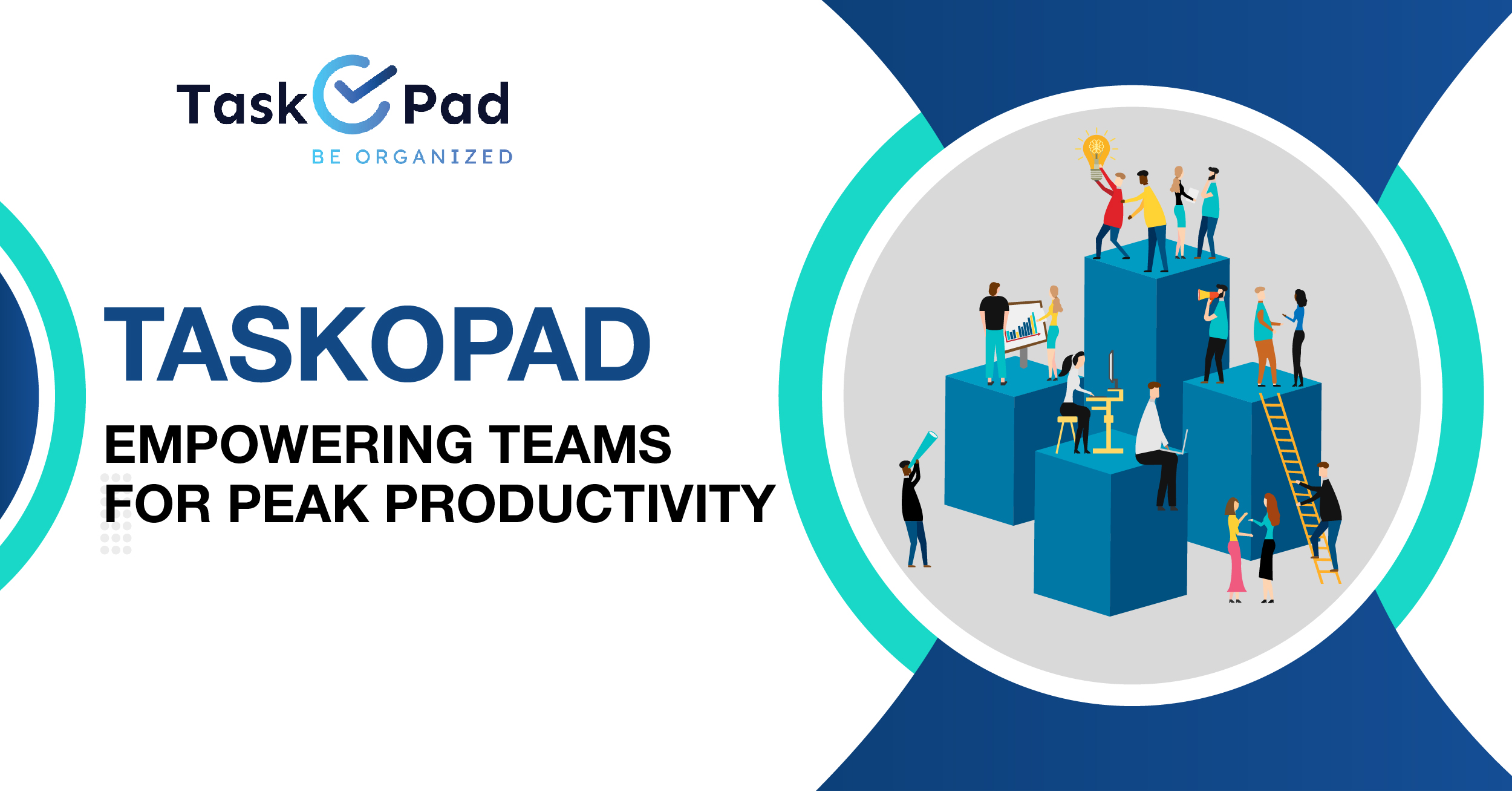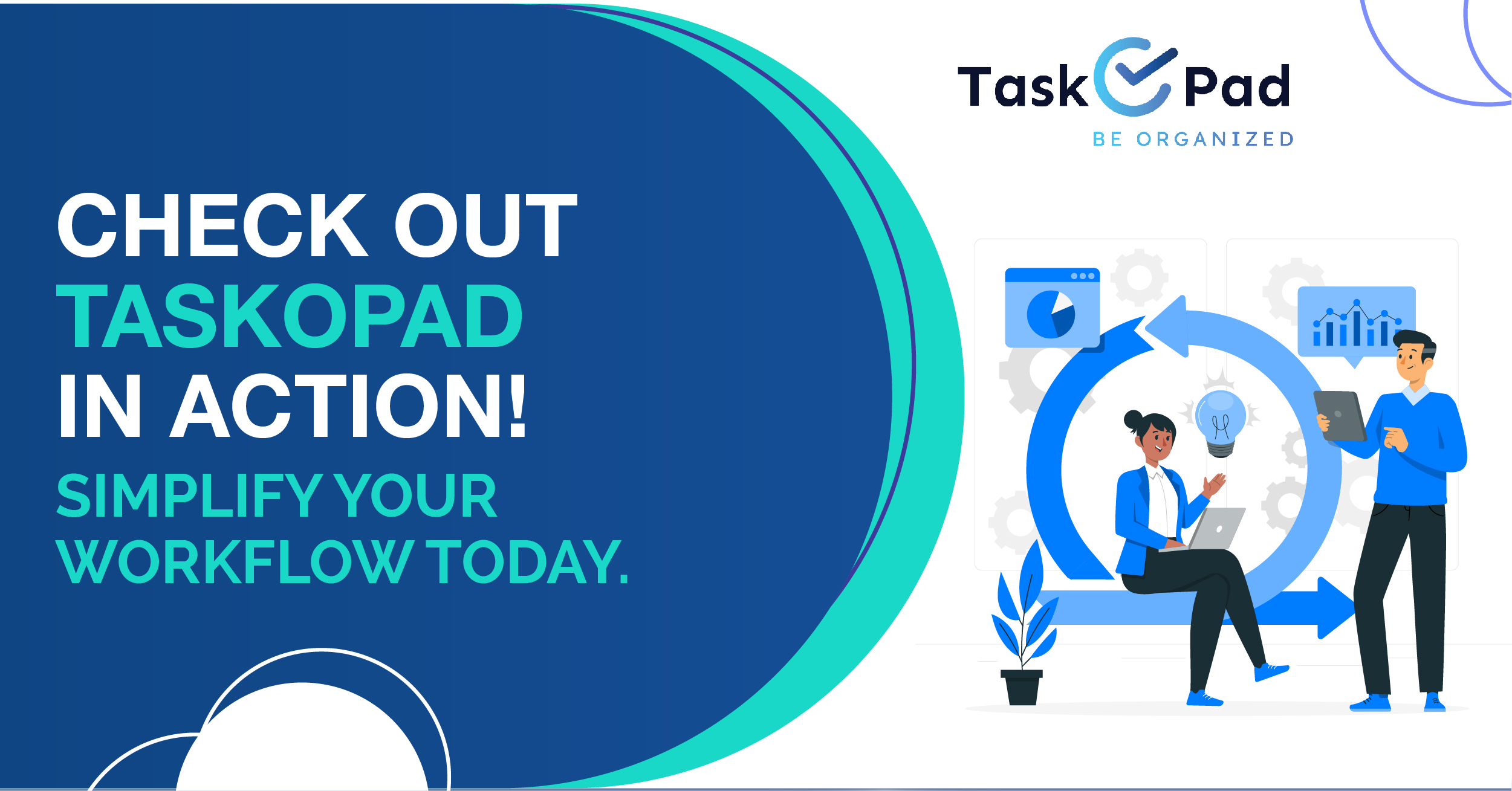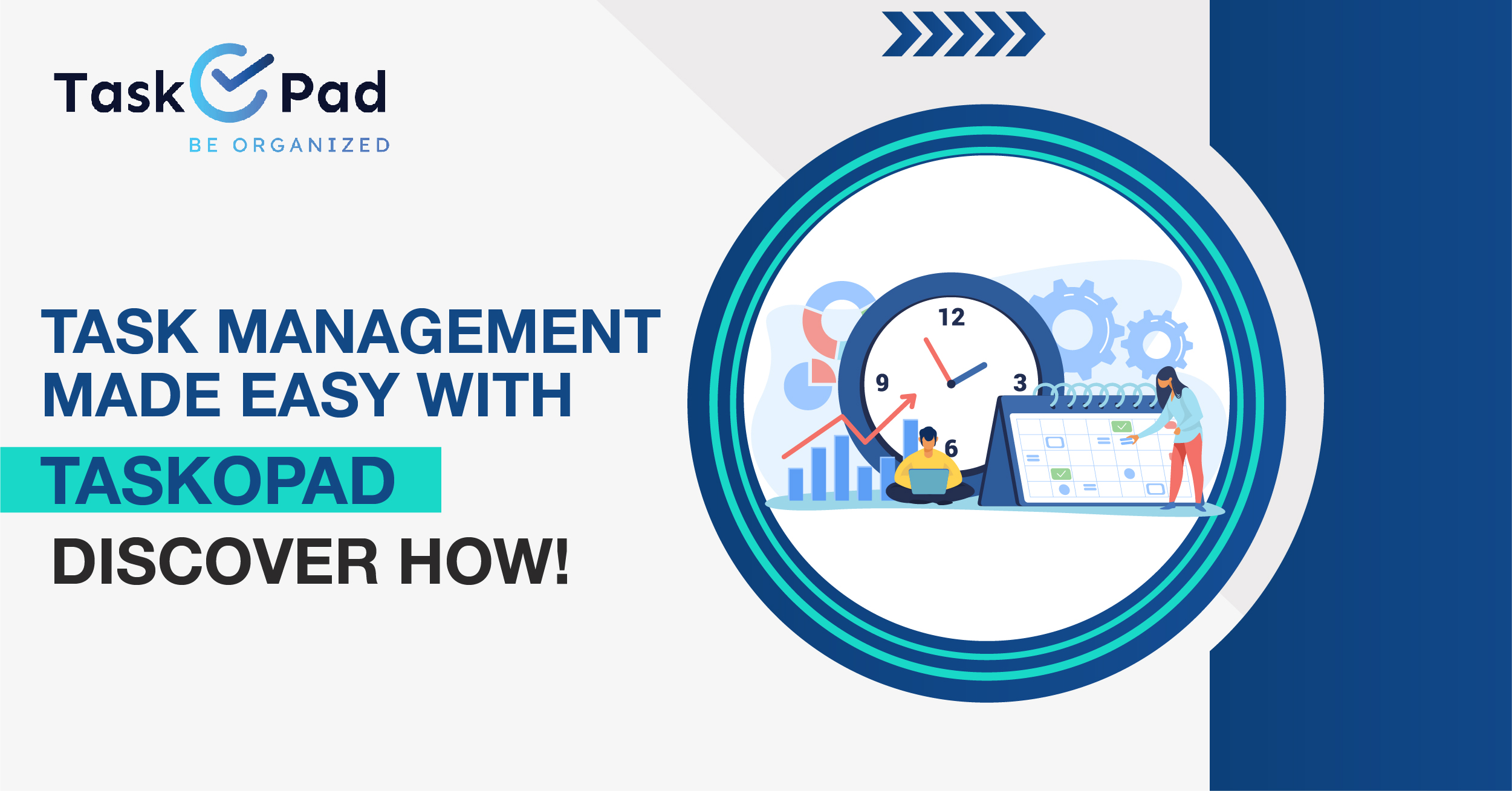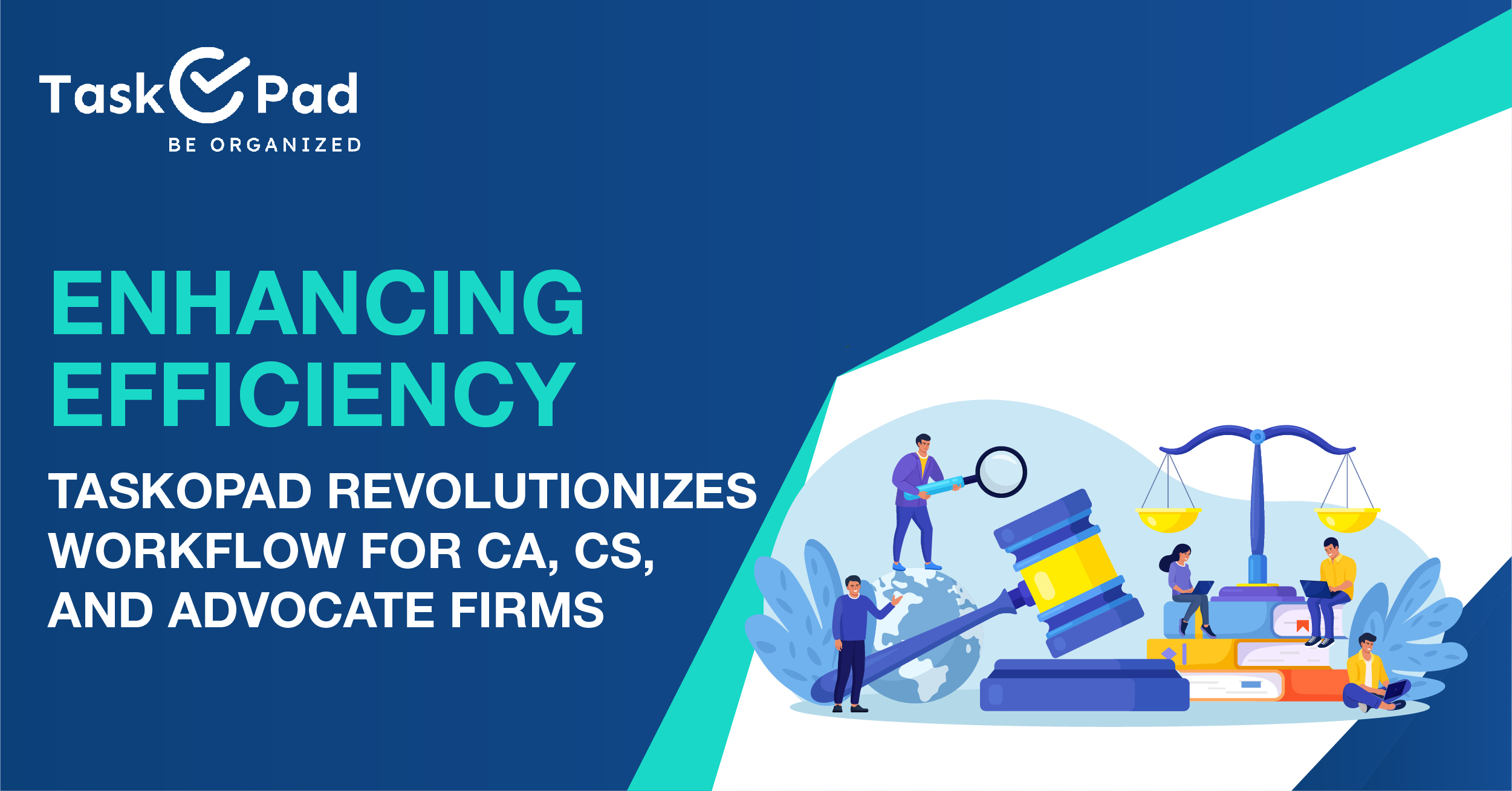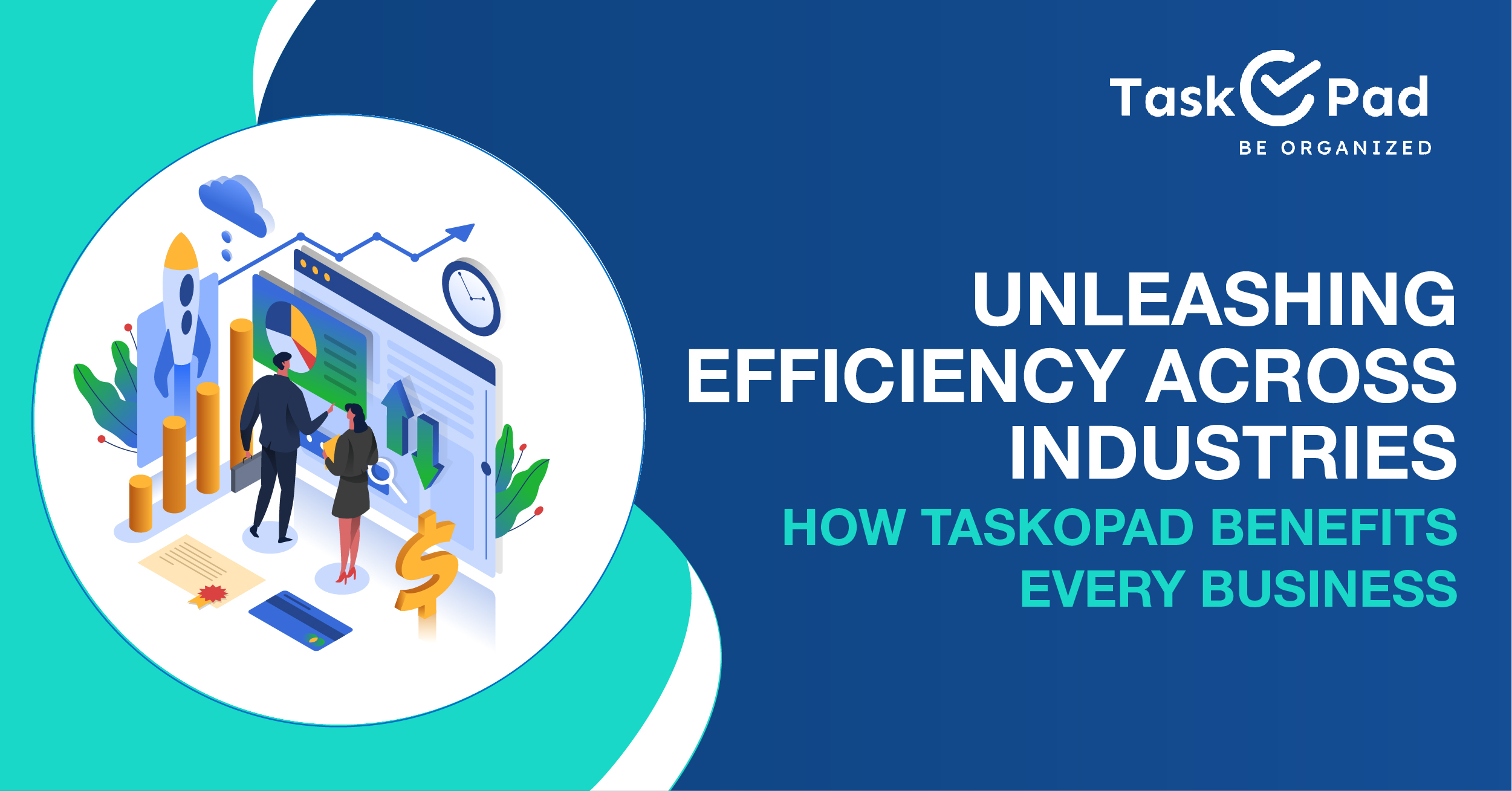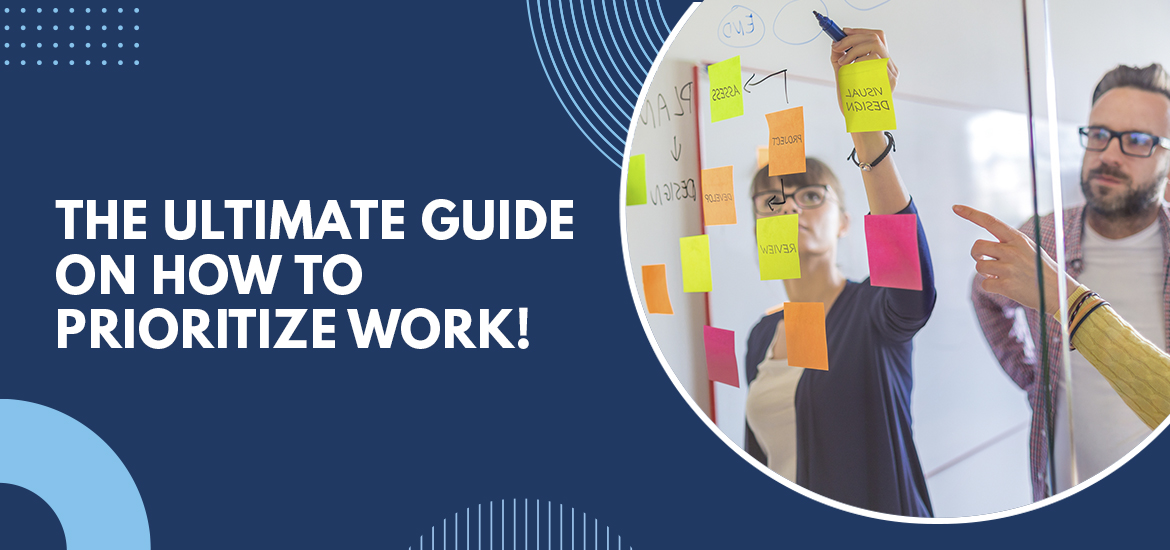
Project Management Software
The Ultimate Guide on How To Prioritize Work
Jan 25th, 2021
For Most of us working professionals, we see a lot of pressure for achieving goals, tasks and deadlines Unfortunately, not all of these goals & work tasks see the daylight. This can be attributed to lack of planning and prioritize work. At some point of time every professional in their careers have been faced with how to prioritize between urgent and important tasks. There are scenarios where managers have been reported to say “Everything is important”.
In such cases how does one decide which tasks to work on and which to push back. At TaskOpad we strongly believe that the hardest part of getting work done.
When prioritize work start piling up, it is important to have a system in place which helps you prioritize work well. While a task management software can easily help you with that, & there is a whole science to it that professionals need to follow in order to be more productive.
Here are a few tips that high performing teams follow to ensure maximum productivity.
1. Define Your End Goal & Create Master Task List
The first and foremost principle of prioritize work, is to first define your goal and break it down into several smaller tasks. This will ensure that your tasks are aligned with the end objective that you are trying to achieve. This will also help in taking up those tasks that are extremely important & need to be completed within a timeline.
You will also be able to define which tasks have dependencies on external agencies or consultants. Creating this task list can be done via a task management software or a project management software which will also help professionals in time tracking on each of them.
2. Identifying and Segregating Tasks
After creating a To-Do list, the next step would be to identify which tasks are urgent. On your task management software dashboard, you will be able to see all your tasks & deadlines and the details that are associated with it. This should provide you a good understanding of which tasks need more time and attention. Industry veterans suggest using an Eisenhower matrix to quickly tackle this process.
According to this matrix, it is important to segregate urgent tasks from important ones. Urgent tasks include a quick corporate meeting, attending a phone call, or managing a discussion etc. whereas important tasks are those which have a long terms effect and contribute towards the long terms goal.
When prioritizing tasks one must always ask themselves which quadrant does their task fall into:
– Urgent and Important: Do these tasks as soon as possible
– Important, but not urgent: Decide when you’ll do these and schedule it
– Urgent, but not important: Delegate these tasks to someone else
– Neither urgent nor important: Drop these from your schedule as soon as possible
Similarly, tasks that take maximum amount of time and are extremely important can be scheduled and tacked with focus. With a project management tool, you can easily schedule which tasks need to be taken up immediately & which can be scheduled for later.
3. Smart Delegation
One of the most important parts of project management is delegation. When managers or team leaders have identified the difference between important and urgent tasks. They can easily assign the urgent ones to their team members who have the space & bandwidth to finish these easily, thereby give themselves time to focus on the important items of the day. However, it is important to delegate to those resources who have been trained.
Also Read – Top Tips to follow for Multiple Project Management At the Same Time
A project management software helps assign tasks and sub-tasks to various team members involved in it. It also shows who is overloaded and who has space and time to finish simpler activities. It also lets people leave comments and updates on the sub-tasks.
4. Be Flexible
While following prioritization exercises, its important to remember to be flexible. While we understand that a lot of time and effort goes in planning & working on various activities, we must always be aware when we feel that we aren’t getting desired results. Some team members get very disappointed when they see that expectations & deliverables get changed by the time, they are half way through their assignment.
It can be very disappointing, but it is in the best interest to switch boats at such times. A task management software helps in tracking progress of various tasks and projects while keeping a tab of the timelines.
5. Identify the Most Productive Hours of the Day
We all have our own hours of the day where our focus and attention is unwavering. It is important to take up tasks that are important and complex during those hours to ensure maximum productivity. The smaller tasks can be taken during the rest of the day when it doesn’t need too much attention.
Many people find the first half of the day as the most productive hours for them. IN contrast, there are a small section of people who feel that the focus they get when working during the evening is much better. Find you time and prioritize work accordingly.
6. Be Realistic
Last but not the least, managers need to be realistic of how much work can actually be achieved in a day. Unrealistic deadlines and expectations only decrease the team’s performance. Similarly, some days can be very unpredictable, there can be some meetings & interruptions that crop up and may delay the work.
Concluding Lines
In a nutshell, at TaskOPad, we understand that achieving work can be a daunting process, but it doesn’t always have to be complex with our robust project tracker tool that simplify critical organizational functions across various departments. Our tool has a built-in productivity tracker an inter-departmental collaboration features for enhancing efficiency and prioritizing work. Just drop us a line at info@taskopad.com to know more about our tool or get a free demo. Our team is always happy to help.
Search by posts
Search by posts
Recent posts
4-2-2024
Productivity Tool
Enhancing Efficiency: Taskopad Revolutionizes Workflow for CA, CS, and Advocate Firms
3-29-2024
Task Management App

